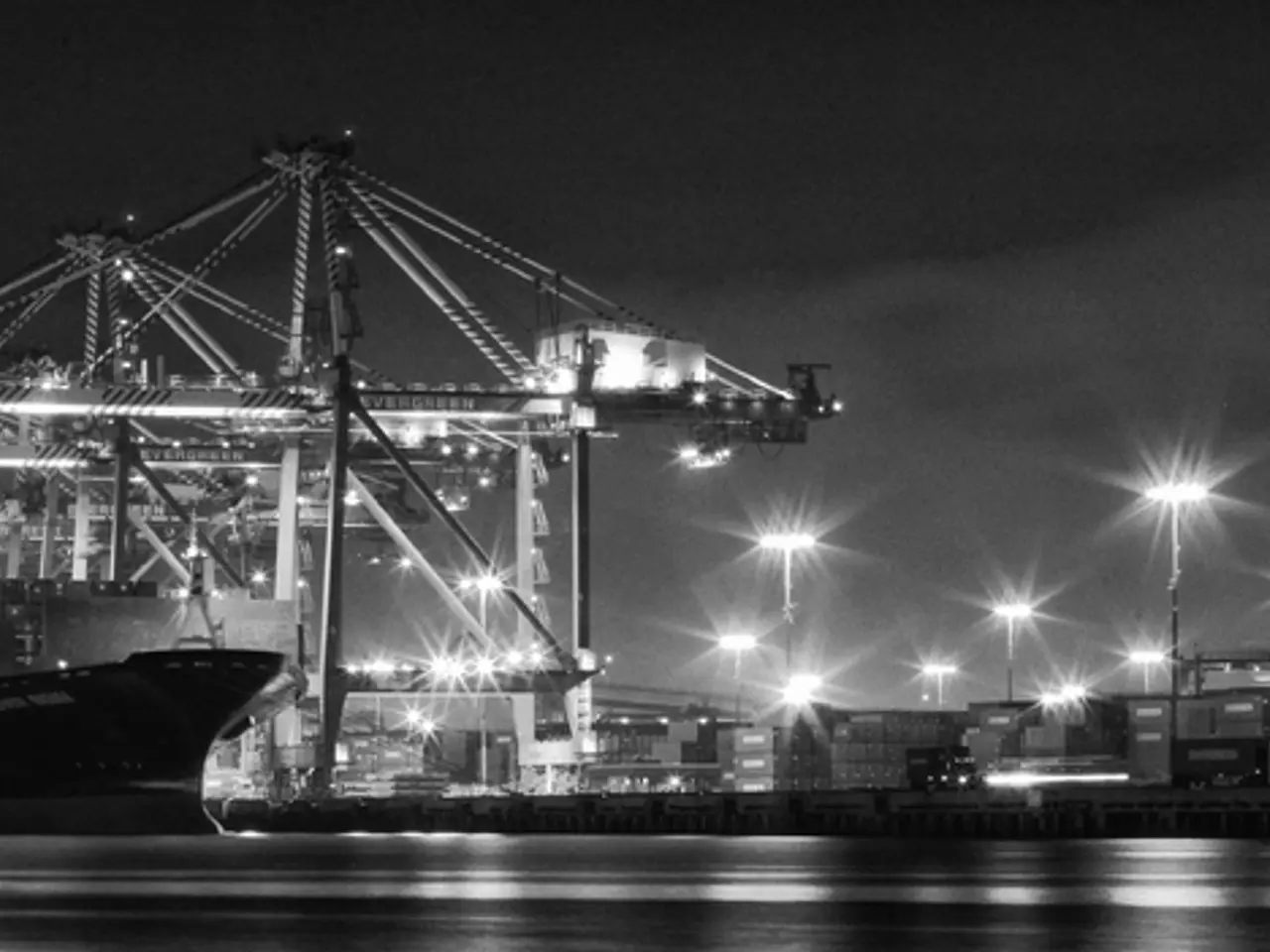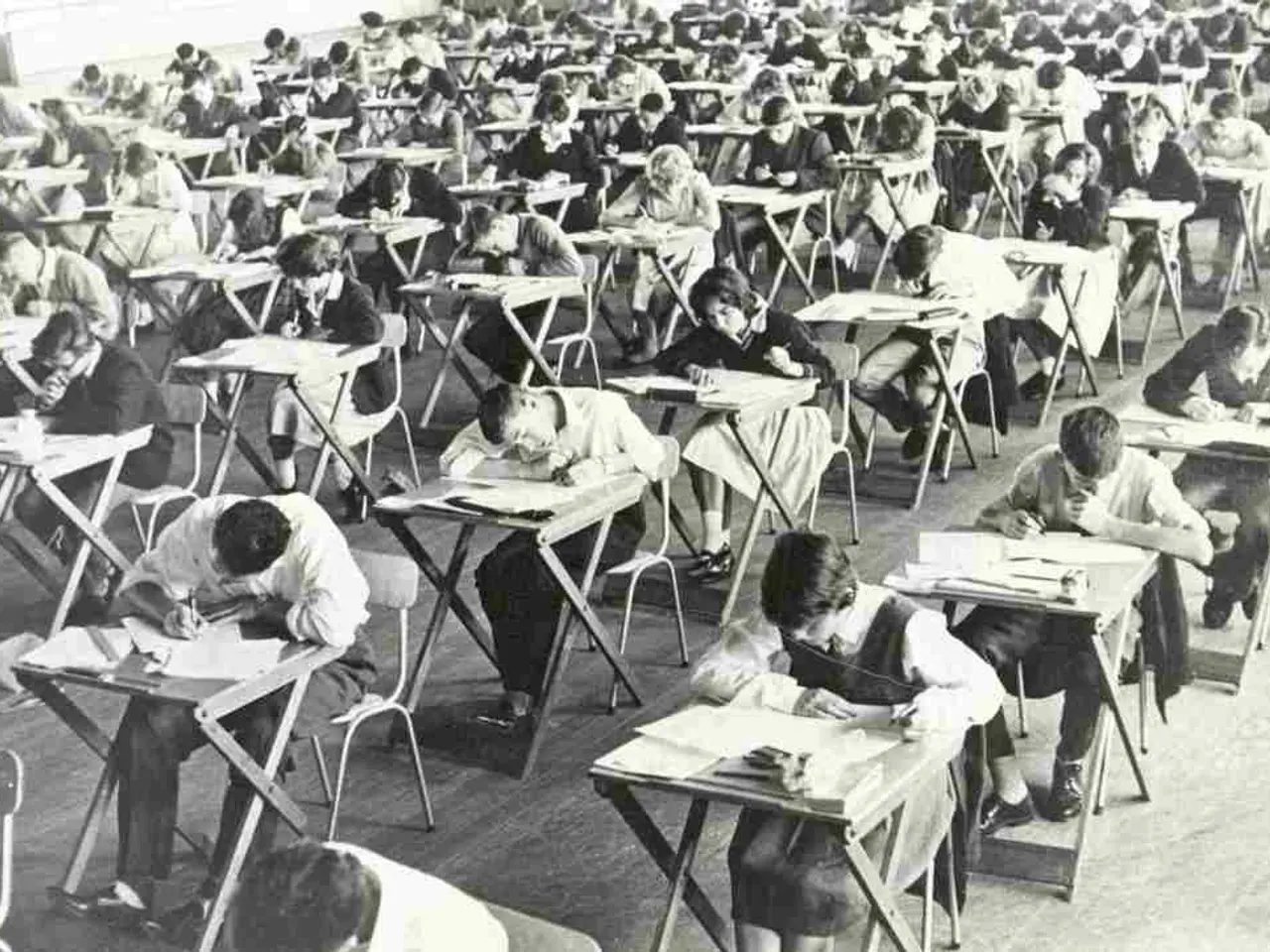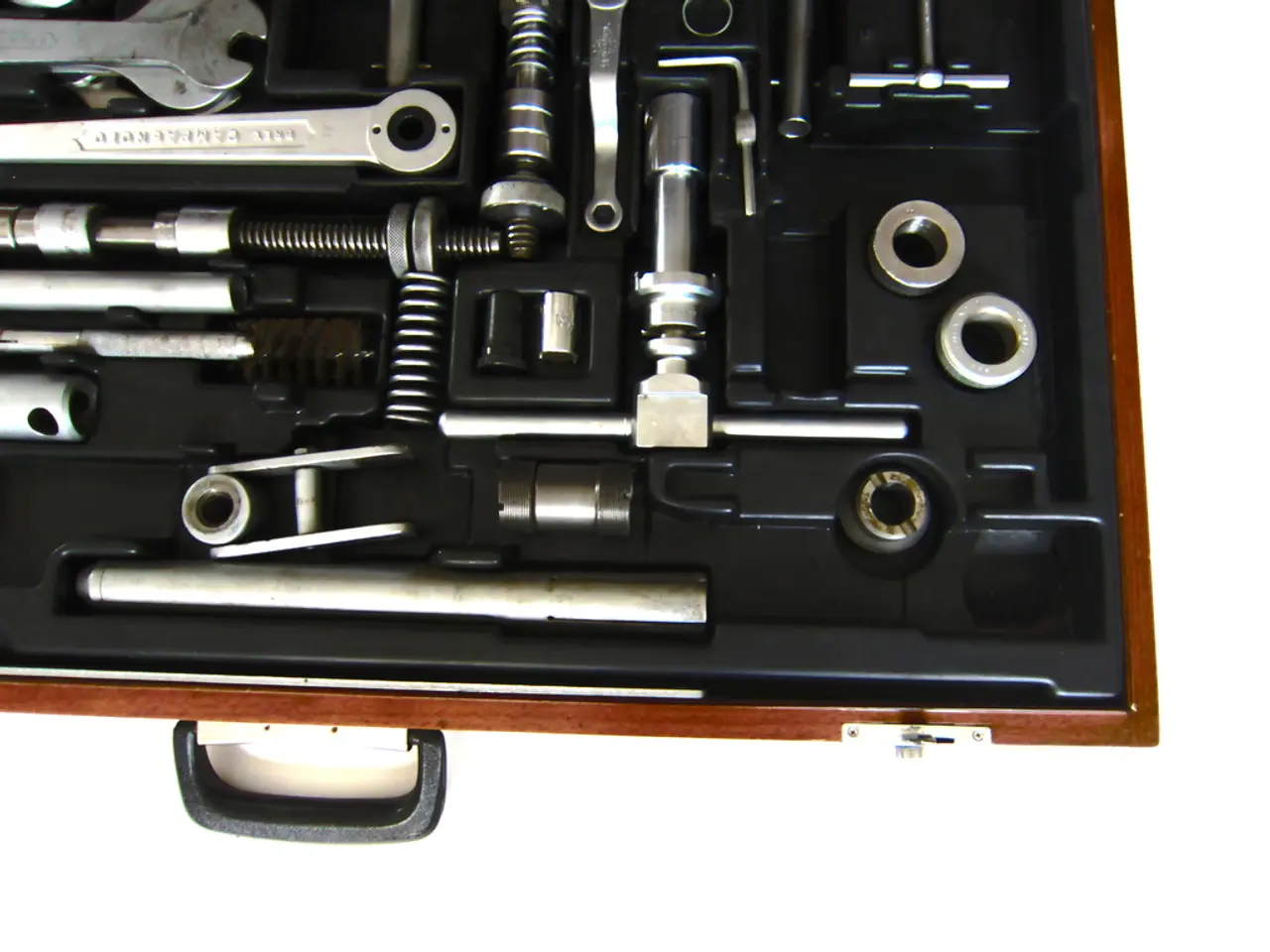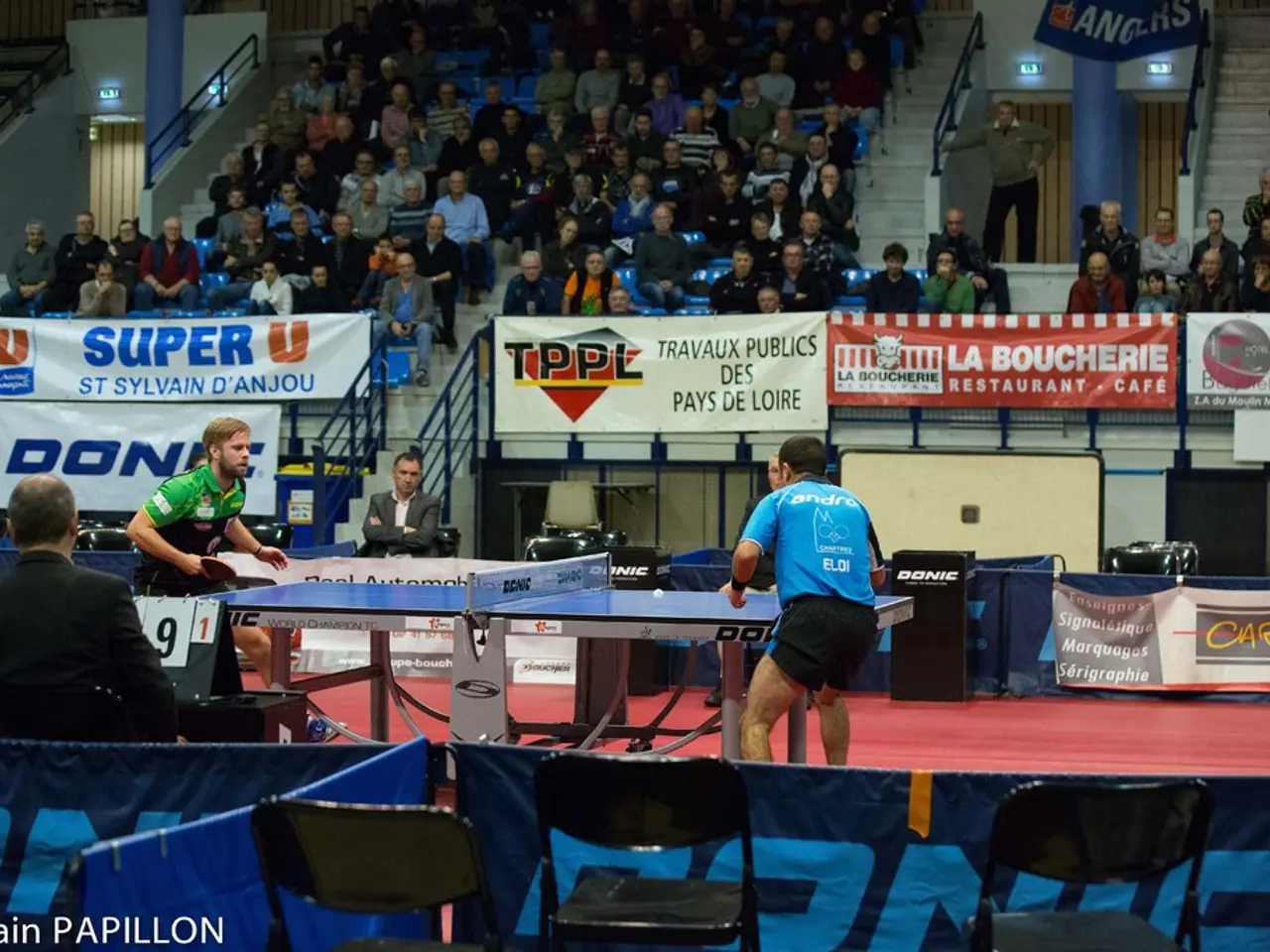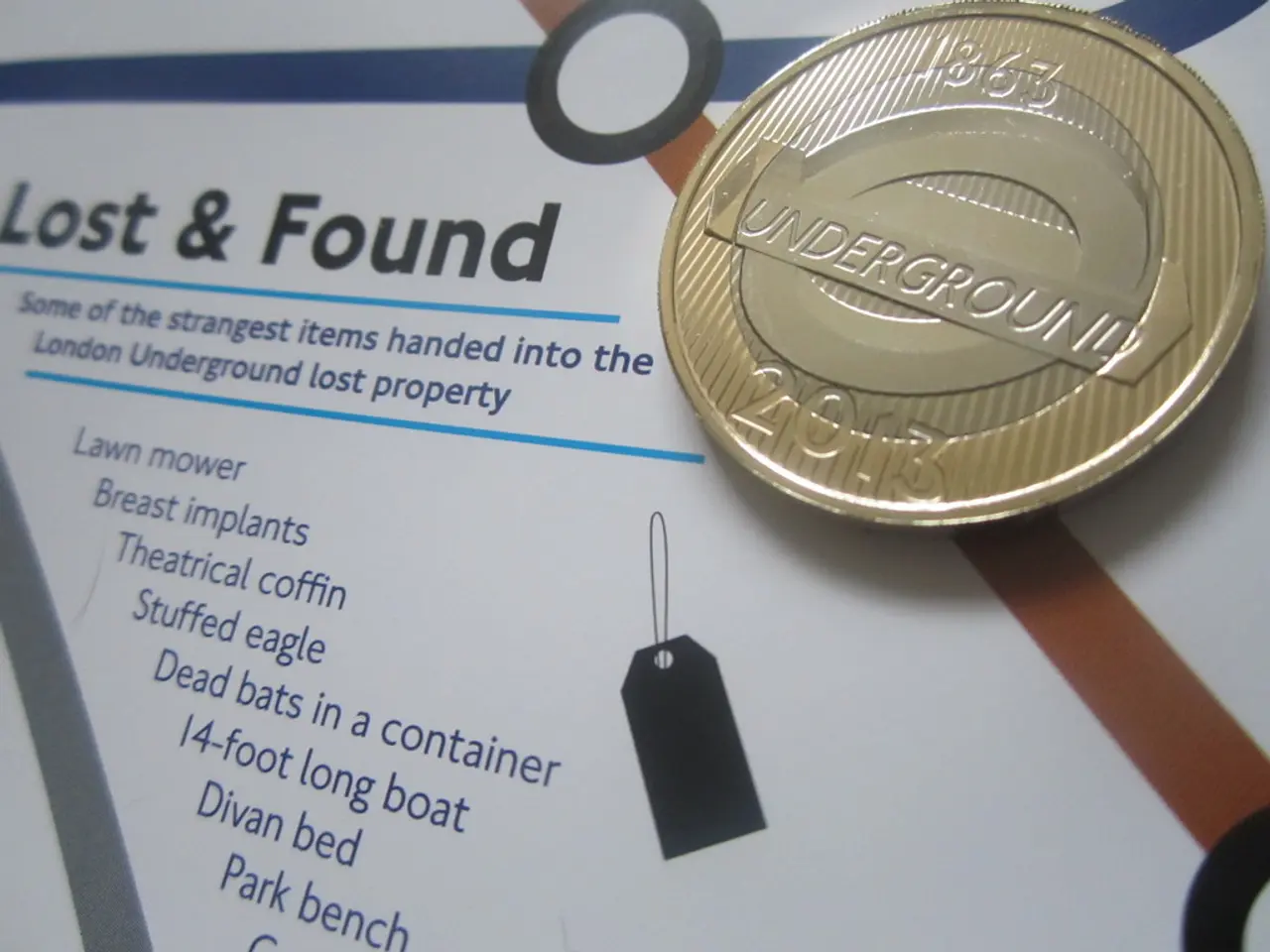Excess steel production persists, despite lack of demand.
In recent years, the global steel industry, particularly in Europe, has been grappling with significant challenges. These challenges, collectively, contribute to market imbalances, pricing pressures, and trade distortions that threaten the viability of European steel producers.
Key Challenges Facing the European Steel Industry
- Global Overcapacity Worsening
The Organisation for Economic Co-operation and Development (OECD) has reported a worsening global steel overcapacity, which is expected to increase from 602 million tonnes in 2024 to 721 million tonnes by 2027. This surplus capacity floods the market with excess steel, depressing prices and squeezing European producers.
- Declining European Steel Production
Steel production in the EU dropped by 8.2% year-over-year in June 2025, reflecting weakening demand and challenging market conditions largely caused by global overcapacity and trade distortions.
- Chinese Competition
China remains a dominant steel producer and exporter, contributing significantly to global steel surplus. EU producers face direct competition from Chinese steel flooding global markets, complicating efforts to balance supply and demand within Europe.
- U.S. Tariffs Impact
The continuation of U.S. steel tariffs at 50% burdens global sourcing costs and disrupts trade flows. These tariffs limit European exporters' access to the U.S. market and push deflected steel exports toward the EU, creating further import pressure and undermining local producers.
- Trade and Supply Chain Disruptions
Alongside tariffs, fluctuating steel prices, freight volatility, and supply chain strains (such as port bottlenecks and fuel cost hikes) amplify the uncertainty around procurement and production planning in Europe.
- Increased Costs and Inflationary Pressures
Tariffs have increased the cost base for steel producers and downstream industries, adding 35% to supplier prices in some regions. This contributes to inflationary pressures within the steel sector and related markets like construction and automotive.
Impacts on European Steel Producers
These challenges have led to concerns among European steel producers, such as Tata Steel, which fears that with a 50% tariff, its steel may become too expensive. The Tata Steel plant in IJmuiden, Netherlands, produces high-end steel that is used in various products worldwide, including leak-proof battery casings, automotive parts, and food cans. However, the company is negotiating with the Dutch government for subsidies for the transition to cleaner technologies in its IJmuiden plant.
The British Steel complex in Scunthorpe, the last in the country to produce primary steel, has also faced challenges. In April 2021, the UK government took control of the complex due to financial difficulties. Meanwhile, the Chinese-owned Jingye Group threatened to close the complex due to daily losses of £700,000 (CAD 1.3 million).
The European Steel Association (EUROFER) has called for stricter EU safeguard measures and timely policy responses to mitigate these challenges and support the industry's survival. The crisis in the steel industry is particularly concerning given the sector's importance to modern life, as steel is used in buildings, roads, cars, electronic devices, forks, bolts, and armaments like cannons, tanks, and combat aircraft.
In Europe, steel is recognized as crucial for defense, given that the region can no longer rely on the United States for its security. The UK government's decision to bail out the Indian Tata Steel and its large Port Talbot steelworks in Wales, granting it a £500 million subsidy to switch to an electric arc furnace, underscores the strategic importance of the steel industry to national economies.
Looking Ahead
As the global steel industry faces a crisis shaped by worsening global steel overcapacity (largely driven by China), restrictive U.S. tariffs and resulting import surges into the EU, and logistical and cost pressures that exacerbate the market imbalance and risk further decline of European steel producers, it is crucial for policymakers to take decisive action to support the industry's sustainability and competitiveness. This includes implementing stricter safeguard measures, promoting investment in cleaner technologies, and fostering a more level playing field in global trade.
References
[1] European Steel Association (EUROFER). (2021). EUROFER calls for stricter EU safeguard measures to protect European steel industry. Retrieved from https://www.eurofer.eu/news/eurofer-calls-for-stricter-eu-safeguard-measures-to-protect-european-steel-industry/
[2] European Steel Association (EUROFER). (2022). EUROFER position paper on the EU's external trade policy. Retrieved from https://www.eurofer.eu/wp-content/uploads/2022/03/EUROFER-position-paper-on-the-EUs-external-trade-policy-March-2022.pdf
[3] World Steel Association. (2021). Global steel trade: 2020 edition. Retrieved from https://www.worldsteel.org/media/14427/global-steel-trade-2020-edition.pdf
[4] OECD. (2021). Steel. Retrieved from https://data.oecd.org/steel/
- The increasing global overcapacity in the steel industry, particularly driven by China, contributes to the financial struggles of European producers by flooding the market with excess steel, thereby pressuring prices and leading to market imbalances.
- In the technology sector, advancements in green energy technologies present an opportunity for European steel producers to invest in cleaner manufacturing processes, potentially alleviating the financial burdens and ensuring the industry's sustainability.
- To maintain their competitive edge and safeguard national economies, European countries like the Netherlands and the UK have shown willingness to subsidize and support local steel businesses, such as Tata Steel in IJmuiden and British Steel in Scunthorpe, respectively.
